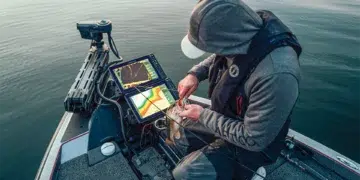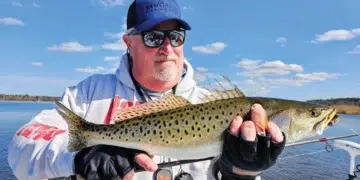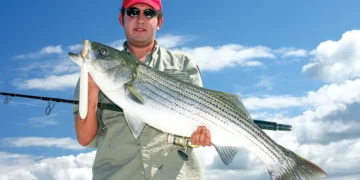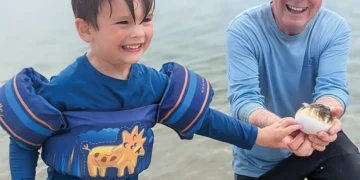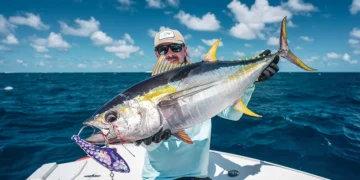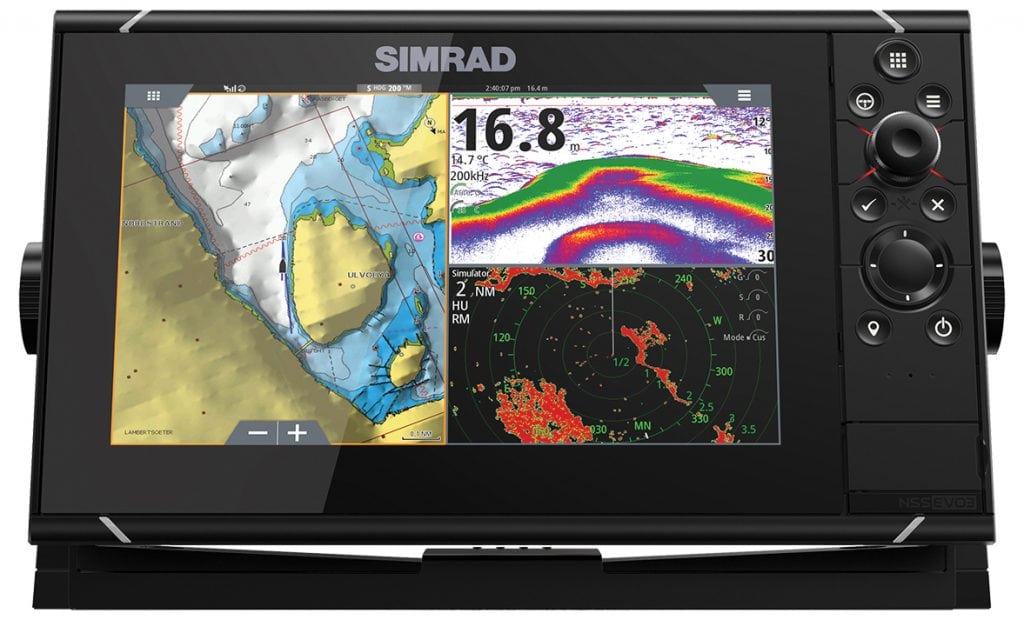Summer is a great time for experimentation.
No matter where you call home port along the East and Gulf Coasts, June can be an impressive month from a fishing perspective. By now inshore summer species are established in their traditional early season haunts, the kinks should be worked out of your fishing gear, and tweaks needed to your vessel or powerhouse have likely been addressed.
With the deck stacked in your favor this month, and sufficient catches a reasonable expectation given overall conditions, now is a great time to try some small experiments that might pay big dividends later in the season. I try to dedicate a couple of trips every June to specifically learn some new fishing techniques, cast different lures, and explore places that have always looked “fishy,” but I haven’t had the time to investigate.
Also Read:
Increased Cruising Permit Fees – Bahamas’ New Rules Take Effect July 1
Updated July 31, 2025. If the Bahamas is on your cruising itinerary, pay attention: Starting July 1, 2025,...
While most anglers I meet say they like to experiment, the vast majority do so mostly when their usual techniques or hot spots fail to produce. That’s fine, it makes little sense to keep trying the same thing over and over in the same spot when a slight move, change of bait, or different lure style might be all you need fire up the bite. But if you seriously think it through, those experiments will likely be conducted on less productive tidal stages, when the wind makes it tough to cast at your favorite structure or hold bottom on a fast drift, as the sun is high in the sky, when baitfish that attract and hold predators are lacking, or any of a dozen other variables known to dull the bite whenever they occur. That being the case, if your new lure, bait, technique, or location fails to improve the fishing action, how can you tell if your X factor is a failure or is simply not working because the conditions aren’t conducive to any method of fishing at the moment?
I’m not suggesting you avoid experimentation unless conditions are perfect. If you aren’t connecting, trying different baits, lures, techniques, and locations certainly makes sense. But should your experiment fail under poor conditions, it shouldn’t be inferred that it won’t work under different conditions. To really see if your experiment holds water, it’s a good idea to cut it in when the fish are actually biting—and the more ferociously, the better. That at least gives your trial a chance to show what it’s got on a level playing field.
Subscribe Here For More Boating Content
Summer Fishing Tips
With exactly that thought in mind, I take a couple of trips each summer to try new things. I’ll usually start by fishing waters I know well using my favorite techniques and offerings. Once I prove the fish are willing using my trusted gear and methods, I begin to cut in some experiments, which can range from experimenting with new lures, changing hook styles, adjusting the height of hooks on my bottom or high-low rigs, or testing new waters nearby. If my first experimental offering doesn’t draw a strike quickly, a change to the size or color of a lure, the length or shape of the bait, or my presentation are also possibilities. Occasionally, I’ll work “bass ackward” through my tackle box or plug bag, choosing items that have never quite made it into my rotation. Most of these don’t pan out and get culled from my potential arsenal after failing to impress over several chances, but every once in a while, I come out with a winner.
The point of these exercises, you see, isn’t merely to catch more fish in different ways. It’s to challenge yourself to learn more about the fish you pursue and what it takes to make them strike. It also helps ensure you’ll have some backup options should your favorite spot slack off due to heavy pressure and the fish seeing the same baits, lures, and presentations day after day.
-By Tom Schlichter




